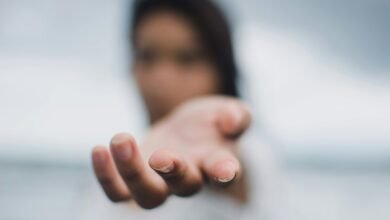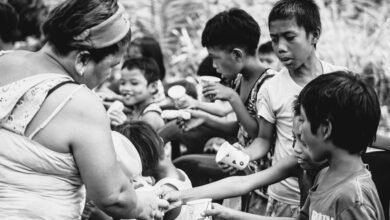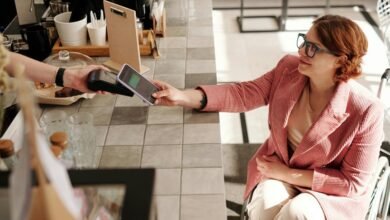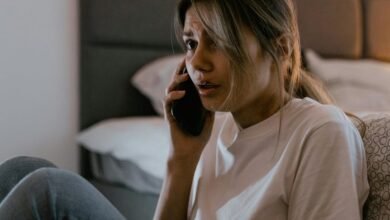Photoackmpa: O Uso de Imagens em Processos Judiciais
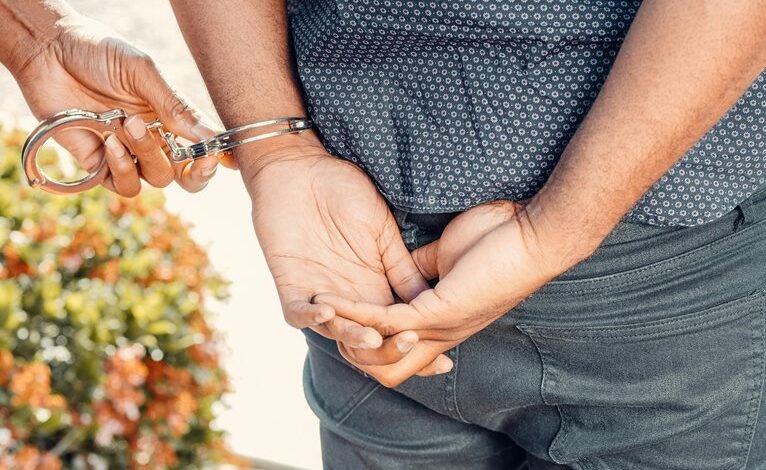
The integration of images into legal proceedings has transformed the judicial landscape. Visual evidence can clarify complex narratives and evoke emotional responses, thereby influencing jury decisions. However, the ethical implications surrounding the authenticity of such images warrant scrutiny. As the reliance on visual storytelling grows, the tension between effective communication and potential manipulation becomes increasingly pronounced. This raises critical questions about the integrity of legal outcomes in a visually driven society.
The Role of Visual Evidence in Legal Proceedings
Although the legal system traditionally relied on verbal testimonies and written documents, the integration of visual evidence has become increasingly pivotal in enhancing the clarity and impact of legal proceedings.
Visual documentation serves to bolster image credibility, offering jurors tangible insights that transcend mere words. This shift underscores the importance of accurate imagery in conveying facts, ultimately fostering a more transparent judicial process that aligns with the principles of freedom and justice.
The Influence of Images on Public Perception and Jury Decision-Making
As visual content increasingly permeates media and communication, its influence on public perception and jury decision-making has become a crucial area of study within the judicial system.
Visual storytelling, through strategically selected images, often evokes emotional appeal, shaping narratives that resonate with jurors and the public alike.
This dynamic underscores the necessity for careful consideration of imagery’s role in judicial outcomes and societal views.
Ethical Considerations and Challenges of Using Photographs in Court
The use of photographs in court introduces a complex landscape of ethical considerations and challenges that must be navigated carefully.
Ethical dilemmas arise regarding the manipulation of images and the potential for misleading representations.
Authenticity concerns further complicate matters, as the veracity of photographic evidence can be questioned.
Courts must balance the probative value of images against these ethical challenges to uphold justice.
Conclusion
In conclusion, the integration of visual evidence in legal proceedings enhances clarity, bolsters narratives, and influences juror perceptions. However, the ethical implications of image authenticity and potential manipulation cannot be overlooked. As courts navigate the delicate balance between probative value and misleading representations, the reliance on accurate imagery remains paramount. Ultimately, the effectiveness of visual storytelling hinges on its integrity, ensuring that images serve justice rather than distort it, fostering trust in the judicial process while honoring its principles.

